Integrating our spiritual and physical selves can lead to a richer prayer experience.
Prayer can be a joyous thing. It connects us to our life source, consoles us, reorders our priorities, and gives us a sense of meaning. For anyone serious about pursuing spiritual growth, there is no getting around the prerequisite of a regular prayer life. But if you’ve committed to the discipline for any length of time, the odds are good that you’ve experienced the valleys as well as the mountaintops. And when prayer feels uninspired, sometimes the solution is as simple as a change of approach.
When we think of prayer, many of us think of sitting still in a quiet room with our eyes closed. Perhaps we picture a Bible open, rosary in hand, or list of intentions nearby—and those are wonderful ways to pray. But our ideas about what constitutes prayer tend to be narrow, limited to the formal approaches we have traditionally learned. When we find ourselves stuck in a rut and feeling bored, sleepy, or distracted in prayer, sometimes the answer lies in reaching beyond the small box we’ve stuffed prayer in. And nothing does that better than our very own bodies.
In the Western world, we tend to relate to our bodies primarily through what they do. Athletic achievements, caregiving for the young or old, birthing babies, engaging in sexual intimacy, gaining or losing weight: These are just a few of the ways we pay attention to our physical bodies. Very few of us spend much time thinking about how these bodies impact our spiritual lives. We sometimes seem to have a list of areas that use our bodies—and spirituality is not one of them.
And yet it is.
Jesus, after all, had a human body. What’s more, he gives it to us to eat and drink. Jesuit priest and playwright Bill Cain, SJ, explains that before Jesus offered himself to the world as our food, he first demonstrated embodiment. This is my body. Only then can he say, given for you. Our response to this, Father Cain says, is to locate Christ in our body; knowing our own body in wholeness before we can offer it to others out of that wholeness. If our spiritual selves are separate from our physical selves, the lack of integration will hold us back from fully living as Christ in the world.
Here are five ideas to get started.
1. Stretching Physically and Spiritually
Our hearts tend to follow our bodies, which is why our Catholic faith incorporates so many physical acts into our celebration of the Mass. When we kneel, sit, stand, genuflect, extend peace to one another, make the sign of the cross, or sign our head, lips, and heart before the Gospel reading, we are signaling to our brains to integrate these rituals into our entire being.
Likewise, stretching while we pray can serve the same purpose. As we stretch our bodies, we can pray to be spiritually stretched as well. We can start with thanksgiving for our bodies, no matter what shape they’re in, for serving us and working hard on our behalf. We can take just a moment to honor the fact that our bodies are sacred, holy, home to the Spirit of God, and deeply worthy of our kindness and care.
We can prayerfully listen to what our bodies are telling us about our needs and capacity. Perhaps there are changes that we should make to our everyday lifestyle. Perhaps there is an injury we need to tend.
Stretching is also a good way to invite God to teach us about holding tension in our lives. Just as we must stay in uncomfortable physical positions when we stretch, following Jesus often requires us to linger in uncomfortable nonphysical positions too. Engaging with our bodies can propel us into prayer as we invite God to teach us not to flee from discomfort but to patiently and generously hold space for new or opposing ideas, people who annoy us, and difficult situations. As we train our bodies to welcome discomfort for our own growth, we can train our brains to do the same in our spiritual, relational, and personal lives.
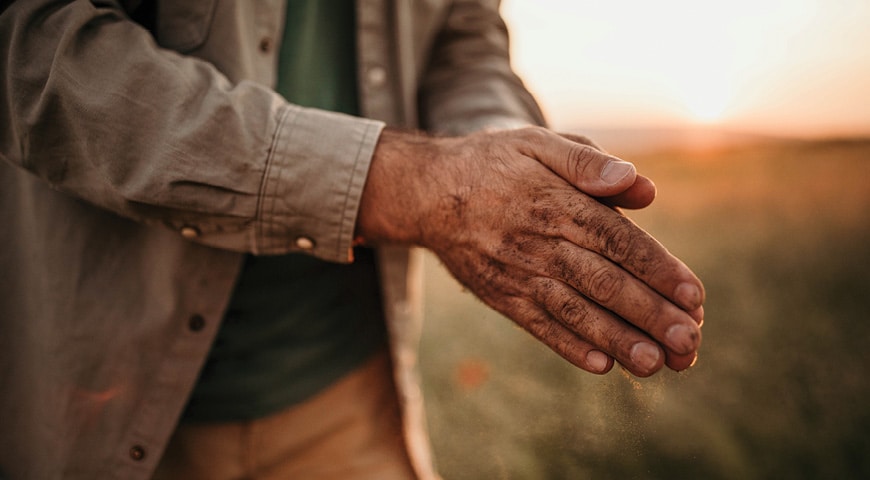
2. Gardening with Faith
Jesus regularly used metaphors of farming and plant life to teach about the kingdom of God, and there is a reason why. The earth is ripe with spiritual correlations, and, by engaging with creation in a hands-on way, we can open our eyes to truths we haven’t otherwise seen.
As lifelong gardeners can attest, clearing brush and pulling weeds can draw us into prayer. As we engage in the physical act of removing what is old and deadened to make space for healthier new growth, we might realize that the same must be done in our inner lives. As we coax stubborn roots and clear the dried remains of last year’s fruit, we may find ourselves praying that the same would take place in our hearts, that God would clear out the brush from our souls so new seeds may be planted.
Planting seeds is an act of faith, whether we recognize it or not: faith in a mysterious Creator, faith in the earthen elements, faith in the will of life to continue on, and even faith in ourselves to commit to something we begin. The practice of planting, when done with a spiritual mind, can be a radically prophetic act. In depositing seeds in the dirt, we are acting out a prayer that goodness and life will find a way, and a path to pray for our personal lives opens up as well. When we feel despair, when we feel depressed, hopeless, and forlorn, there may be no greater act of faith-filled prayer than going outside and planting seeds.
Weeding, watering, and nurturing fledgling plants requires a practice of tenderness and care, qualities we are not always good at extending to ourselves. In the weeks it takes for our garden to burst to life, we can pray with our bodies for God to enliven us to nurture ourselves with the same patience that we offer our plants. We are reminded of the gentleness with which our Heavenly Gardener tends to us, and we might ask ourselves how we can better imitate that gentleness in relationship with ourselves and others.
When our fruits and vegetables are finally ready to be harvested and eaten, manual labor reminds us of all the good gifts we are reaping. No matter how hard our circumstances are, there is always bounty to be had when we are aware of the vibrant divine presence in all things. When we harvest our garden, our physical movements can become prayers of thanksgiving for the goodness in our lives.
3. Prayer Walking: Uniting with Others
Some people thrive on praying alone in silence in a darkened room, but for many of us that idealized picture of prayer leads only to an unplanned nap. For these people, prayer walking may be a life-giving alternative. This is a particularly powerful exercise for intercessory prayer, or engaging in prayer on behalf of other people, world events, or social issues rather than our personal lives.
We might take a prayer walk on the sidewalks of our neighborhood, praying for neighbors by name and for the struggles we know to be in their lives. We might walk through the streets of our city’s downtown, around our schools, or in other public areas as we pray about the pain and injustices in our communities.
Physically putting our bodies within the parameters of the places and people we are praying for can unite our hearts in a deeper way to our intentions—and that feeling of unity always indicates the presence and movement of God. When we engage in intentional prayer walking, our bodies are in the gracious position of bringing us into a firsthand encounter with the things for which we are praying. Physical proximity can and does produce proximity of the heart.
4. Seeing the Divine
One of the loveliest ways we can engage our senses in the act of prayer is through Visio Divina, which is Latin for “Divine Seeing.” To enter into this prayer practice, we select a piece of visual art such as a photograph, icon, sculpture, mosaic, or painting—the possibilities are endless, really. Before beginning, we pray for a receptive heart that may be attuned to the movement of the Holy Spirit.
We begin with noticing our first impression, focusing on what we were immediately drawn to about the visual. Spending a few minutes on this, always gently bringing our attention back whenever it strays, we ask questions to ourselves and to God about the feelings we experience. As we sit with the details of our first impression, we might feel the Holy Spirit begin to move within us.
Next we zoom out, so to speak, to observe the piece as a whole. What feelings are aroused by what we behold? What memories or experiences come to mind? We can listen for the still, small voice of God speaking to us through the art by the use of our eyes and our sacred imaginations. In response to the movement of God, we determine one impression that we’d like to bring with us into our day. It might be an action to take, a written reminder to ourselves, or some creative expression we feel inspired to make. The point is to have something to carry out of the prayer session and into the rest of our day so that we continue to be transformed.
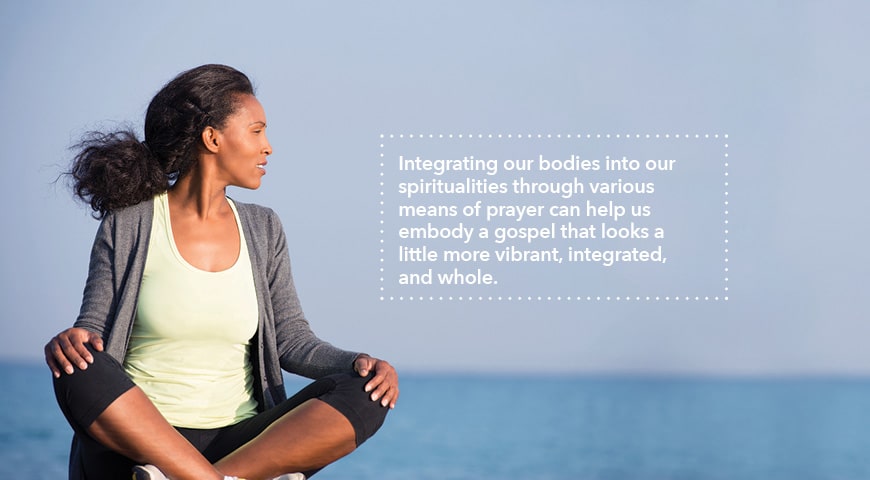
5. Praying a Mantra Mindfully
While it might initially feel foreign in our Western expression of Christianity, praying with mantras—short, simple, repetitive phrases—is actually a rich part of our tradition. The Jesus Prayer, for example, probably dates to the fifth-century desert fathers and mothers. In this prayer we say, ‘Lord Jesus Christ, son of God, have mercy on me, repeating it slowly and mindfully for an extended period.
Our physical selves are engaged in prayer through our lips, tongue, and ears; meanwhile, our minds and hearts are directed inward as we inhale and exhale.
Often when we pray aloud, we do so with a longer prayer that is only read or spoken once. But repetition can have immense spiritual benefits. The more we hear an idea spoken—especially by our own mouths—the more inclined we are to believe it and integrate it into our subconscious.
Additionally, verbal repetition frees our minds to stop overthinking about conjuring grandiose words and instead dive deeper into the openness of true meditation. This is why the rosary continues to be such a popular form of prayer.
Aside from the Jesus Prayer, other mantras might be Lord have mercy, Christ have mercy, the Hail Mary, the Glory Be, a short phrase from Scripture, or even a one-word intention such as trust. Some people prefer to pray mantras while sitting in silence, while others employ them as they go about their day-to-day lives. Both methods incorporate the physical body and senses.
Integrating Body and Soul
Although our culture separates body and spirit, the very incarnation of Jesus speaks to a higher reality. Just as Jesus embodied both divinity and humanity, so, too, do our bodies hold our humanity and the Holy Spirit. To live out the maximum spiritual health we were made for, we are called to the work of integration; and engaging our bodies in the act of prayer is the fast track to get there.
If our prayer lives are feeling dull, we must remember there are actionable steps we can take to enliven them. Integrating our bodies into our spiritualities through various means of prayer can help us embody a gospel that looks a little more vibrant, integrated, and whole—a gospel that looks a little more like the one Jesus gave us.


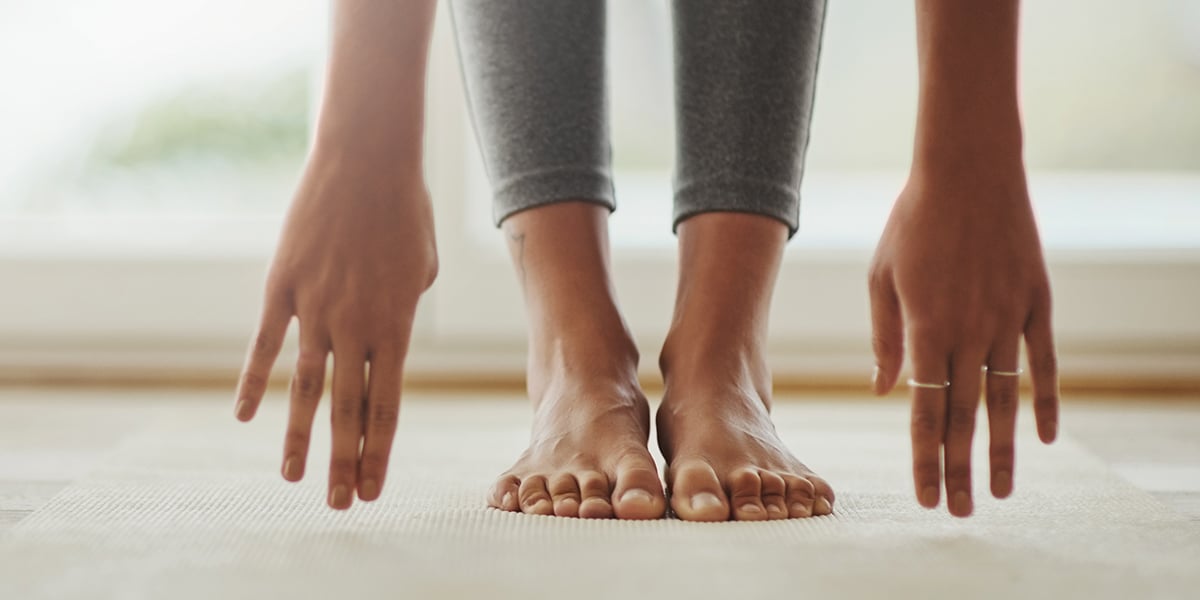

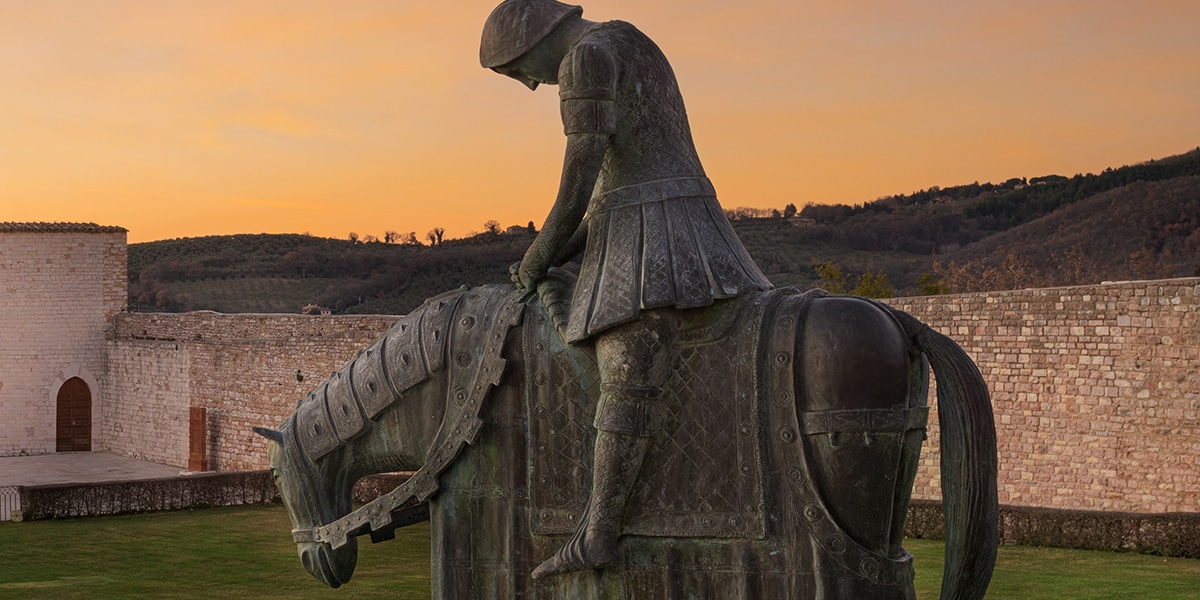
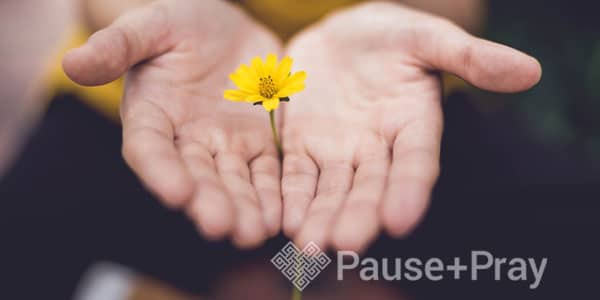



3 thoughts on “5 Ways to Pray with Your Body”
Pingback: April’23 One Word Update | Beverley A Baird
Pingback: How to Live Faith with the Five Love Languages
love the article on holistic approach to prayer.